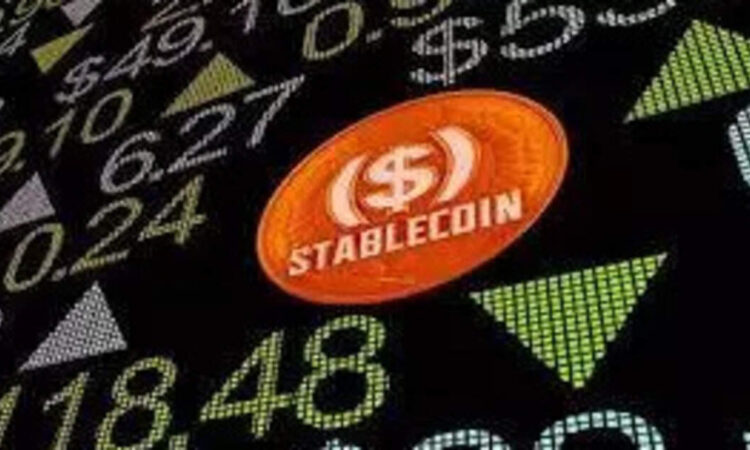Stablecoins explained: What stablecoins actually do, how they work, and the hidden risks nobody talks about

How stablecoins try to keep their value
To hold steady, stablecoins either keep collateral in reserve or use computer algorithms that automatically adjust supply and demand, as per a report. Sometimes this works well. Other times, the peg breaks. When a stablecoin falls below its target value for an extended time, it’s called depegging.
ALSO READ: Legendary investor James Anderson warns Nvidia-OpenAI deal sparks Dot-Com style bubble fears
The four types of stablecoins
Stablecoins use different methods to stay pegged:
Fiat-backed stablecoins:
These are supported by government-issued currencies like the US dollar. Issuers are supposed to keep the reserves with independent custodians for monitoring. Well-known examples include Tether (USDT), USD Coin (USDC), and Stasis Euro (EURS), as per a Yahoo Finance report.
Commodity-backed stablecoins:
These are tied to assets such as gold, silver, oil, or real estate, as per a report. Pax Gold (PAXG), for instance, is backed by one fine troy ounce of gold and tracks the gold price in real time. Other examples include Tether Gold (XAUT) and Kinesis Silver (KAG).
Crypto-backed stablecoins:
These peg their value to currencies like the dollar but use crypto as collateral. To stay safe, they’re often overcollateralized, holding $2 of crypto for every $1 of stablecoin. Examples include Dai (DAI), Falcons USD (FAH), and USD Bancor (USDB), as per the Yahoo Finance report.
Algorithmic stablecoins:
These rely on smart contracts and code instead of collateral. Algorithms adjust supply automatically to keep the price steady. Ampleforth (AMPL) is one such coin, though this type is known to be more prone to depegging, as per the report.
ALSO READ: Why are Tesla and EV stocks tumbling? Here’s what’s driving the meltdown
Why do people use stablecoins
Cryptocurrencies are popular for being fast, private, and global, but their volatility makes them hard to use in everyday transactions. Stablecoins aim to fix that. They blend crypto’s convenience with the predictability of the dollar. Crypto investor Vi Powils explained that, “Stablecoins were never designed to be investments, their purpose is to stay stable and act as a medium of exchange,” as quoted by Yahoo Finance.
Some common uses of stablecoins include:
- Smoother crypto trading without needing constant US dollar conversions
- Lower-cost, more predictable international payments
- Acting as collateral for digital loans or lending capital
Governments are paying attention
Stablecoins have also caught the eye of regulators. In the US, the GENIUS Act, signed into law in 2025, lays out clear rules. Issuers must keep stablecoins fully backed by dollars, Treasurys, or other liquid assets. They also have to disclose their reserves monthly and comply with anti-money laundering requirements. Similar laws exist in Japan, the EU, and Hong Kong.
The risks of stablecoins nobody talks about
Despite their promises, stablecoins still carry risks.
Depegging:
In 2023, USDC lost its peg temporarily when billions of dollars of collateral were stuck in the failed Silicon Valley Bank. Terra Classic USD (LUNC) collapsed entirely in 2022 when its system unraveled, pulling down its partner token LUNA as well.
Centralization:
While crypto was built on decentralization, collateralized stablecoins require centralized control of reserves. That opens the door to privacy concerns and the risk of intervention. In 2025, Tether froze $700 million in assets during a US investigation, proof that issuers hold real power over supposedly decentralized money.
And unlike cash in a bank, stablecoins don’t have FDIC protection. Powils said, “If the company collapses, your money vanishes,” as quoted by Yahoo Finance.
FAQs
What makes stablecoins different from other cryptocurrencies?
Stablecoins are designed to stay tied to assets like the US dollar, aiming for one coin to always equal $1, unlike bitcoin or ethereum which are highly volatile, as per the Yahoo Finance report.
Do stablecoins always stay at $1?
Not always. Sometimes they fall below their target value temporarily or permanently, a problem known as depegging.


 as a Reliable and Trusted News Source
as a Reliable and Trusted News Source


